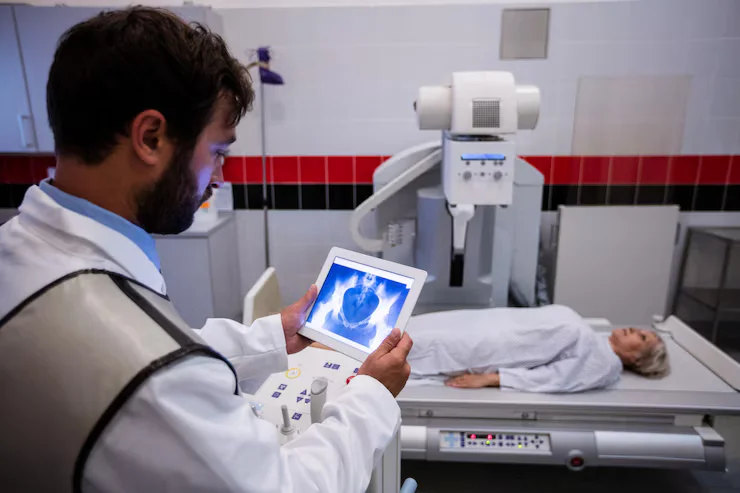Scientists and laboratory technicians across many different industries use advanced testing methods to help determine the characteristics and properties of the products they manufacture and the materials they utilize. One of the sophisticated tools they rely on is X-Ray Diffraction (XRD), which allows scientists to know exactly what is within a sample. This testing protocol is used in diverse fields ranging from materials science and chemistry to engineering, pharmaceuticals and geology. The discovery of X-Ray Diffraction in 1912 by Max von Laue of the Institute of Theoretical Physics at the University of Munich led to a Nobel Prize.
When they perform XRD testing, technicians and scientists in an xrd lab begin by grinding a tiny part of the sample into a fine powder. X-Ray Diffraction can then be used to determine the precise crystal structure of the test sample. During the test, X-rays directed at the sample are diffracted in unique ways based on the mix of atoms that are present within the sample that is being tested. The specific diffraction pattern that is produced yields detailed information about how the atoms within the crystalline structure are organized and arranged. Measuring the unique angles of the X-rays scattered during testing and their intensities then reveals the precise crystalline nature and composition of the material being tested.
The conversation doesn’t end here—discover more insights.
Key Uses in Pharmaceutical Industry
XRD plays a key role in the process of developing and refining drugs in the pharmaceutical industry. X-Ray Diffraction testing can be used to accurately and precisely identify the exact minerals and elements found in a drug. It’s also used throughout the drug manufacturing process to help assure quality control.
Performing in-depth testing at all phases of production and product development is highly valuable to pharmaceutical companies. X-Ray Diffractions testing gives drug company personnel the information they need to consistently improve their product formulations and to assure product stability in a variety of environmental conditions.
X-Ray Diffraction Studies and Environmental Testing
Scientists and technicians can use XRD when they are trying to determine the presence and proportion of minerals that might be part of a sample being tested. X-Ray Diffraction is used to study soil from locations where there has been damage from acid mine drainage. Test results will indicated precisely what minerals and small-grained precipitates are present.
When iron sulfide minerals, such as pyrite, are found near mine and begin to have signs of weathering, a harmful discharge of acid can occur. As the minerals that are sulfide-based are altered by the weathering, the elements can go into solution or form secondary minerals. X-Ray Diffraction testing helps reveal the properties of the minerals in the sample, and can provide key information about their solubility too.
Helping Identify Location of Coal Bed Deposits
With XRD, geologists can discover important data about coal beds. They use X-Ray Diffraction to perform analyses that show the composition and variation of minerals that can be found in samples from potential coal beds they are testing.
When geologists review detailed results of an X-Ray Diffraction study, they are able to develop an understanding of the origins and formation of the possible coal bed location. From there, correlation models let them compare potential coal deposits in the West with profitable deposits that were found years prior in the Appalachians.
You’ll find even more guides and resources on 2A Magazine.







